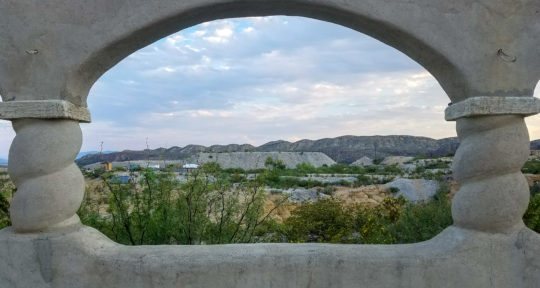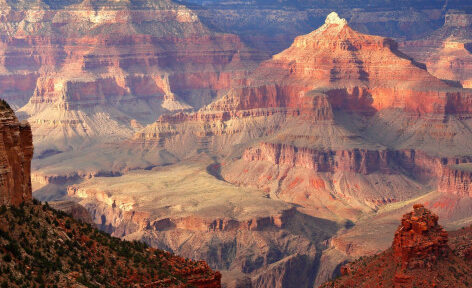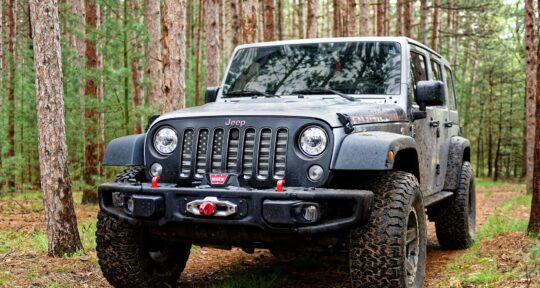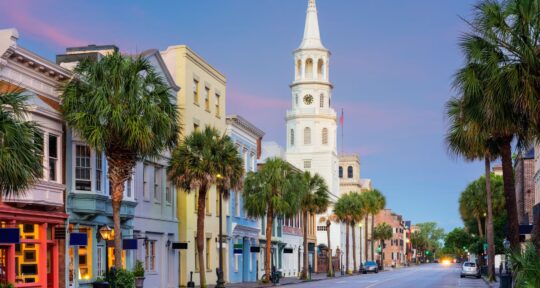Meet the Authors
Amy Brecount White
Amy Brecount White writes about travel, education, and the environment from Arlington, Virginia. She’s published a young adult novel, Forget-Her-Nots, and is wrapping up a women’s novel called Reality Bouquet. She loves to garden, hike, and do yoga.
Roadtrippers
Roadtrippers helps you find the most epic destinations and detours—from roadside attractions to natural wonders and beyond.
Related Articles
- Related Articles
- Latest Articles








